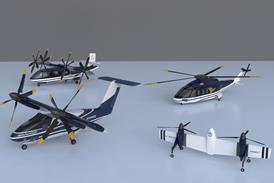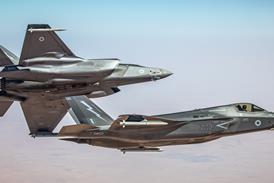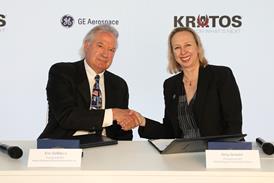Stewart Penny/LONDON
Radar technology able to counter the threat of stealthy weapons is to be studied by Thomson Racal Defence and Sula Systems, financed through contracts awarded to them by the UK Ministry of Defence.
The work is expected to lead to techniques for detecting unmanned air vehicles, cruise missiles, attack helicopters, small ships and concealed ground targets as well as stealth aircraft.
Racal has a three-year, £3 million ($1.42 million) contract and is teamed with the UK Defence Evaluation and Research Agency (DERA)and University College London. Sula Systems, an independent UK research consultancy, is teamed with Roke Manor Research and has an 18-month contract, worth under £1 million.
Racal says it has 10 projects, adding that part of its research will be "blue sky", looking for innovative techniques. Operational analysis will also be undertaken. It is expected that the research will ultimately lead to an applied research programme that will include technology demonstrators.
While the research programme is looking nominally 10-years ahead, Racal hopes to develop some techniques and capabilities at a faster rate. Inserting technologies into current systems or onto existing platforms will hasten the payback, the company believes.
It says techniques to be considered include bi- and multi-static systems. These separate the receivers and emitters, allowing detection of radar energy scattered by a stealthy target. But such a system would require a low-cost network to link all the individual sets of information into a single picture.
For individual radars Racal says it will consider higher and lower frequencies, improved waveforms, configurations and advanced signal processing that will allow additional data to be extracted from the returns - including distinguishing targets from background clutter and other man-made objects. Part of the problem is to track targets as well as detect them, says the company. Techniques such as inferometry will also be considered. Part of the research will be to investigate if a capability can be integrated with an aircraft or other platform.
Sula - which has worked with DERA on multifunction radars - says it is looking at indirect methods to pinpoint a target's presence. It says it will not rely wholly on back-scattered radiation and that much of the work will be a signal processing programme.
Source: Flight International




















